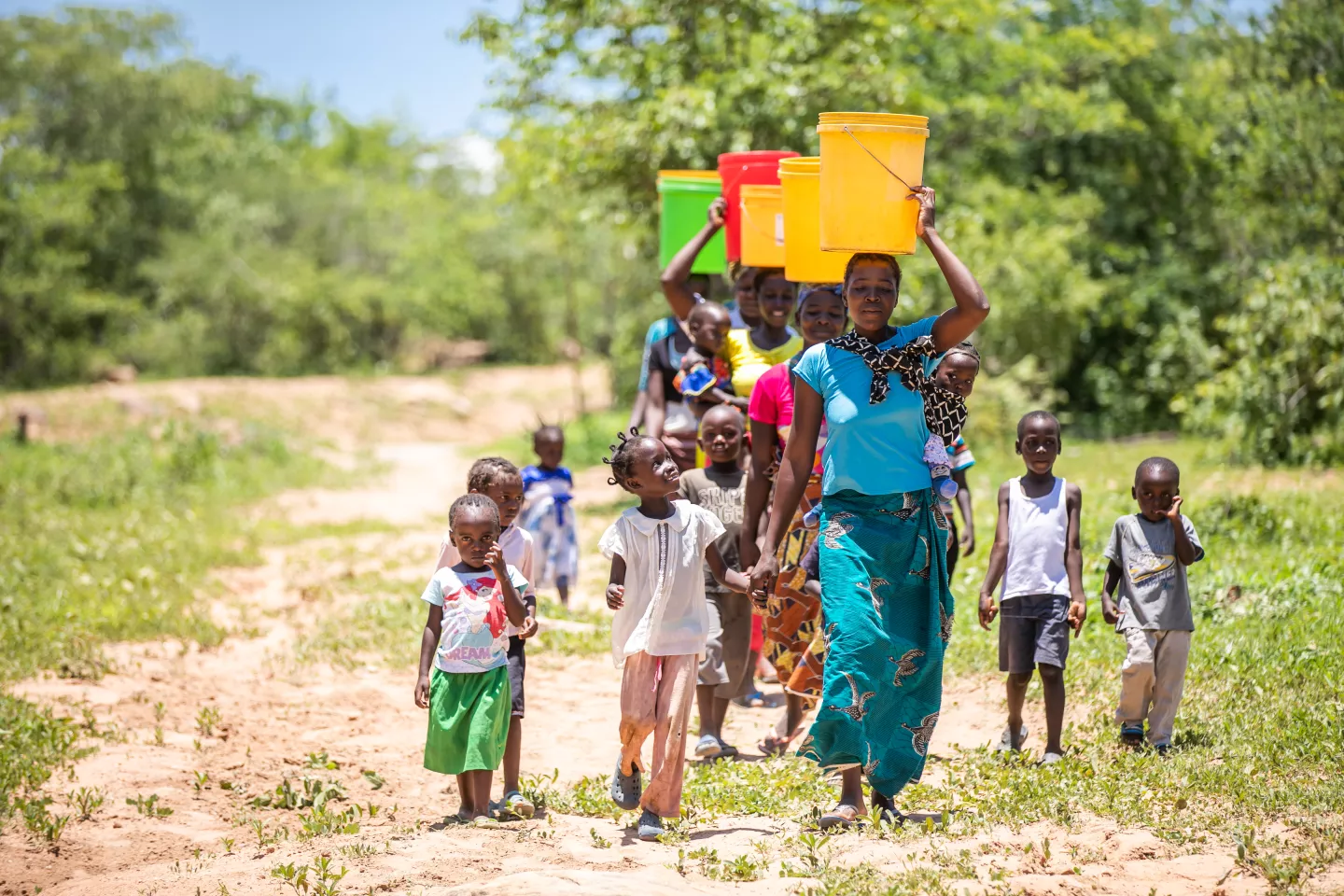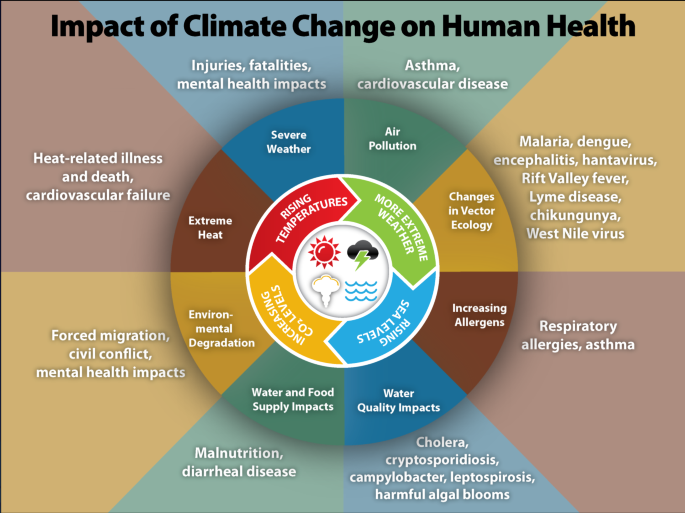Description

Disclaimer: Copyright infringement is not intended.
Context:
- As per the internal study commissioned by the Ministry of Women and Child Development, Women and children in Bihar, Gujarat, Uttar Pradesh, Maharashtra, Madhya Pradesh, Andhra Pradesh, West Bengal and Telangana are particularly vulnerable to climate change related disasters.
Details and findings of the study:
Identifying Climate Change Hotspots:
- Spatial Analysis of Floods, Cyclones, and Droughts:
- The study identified certain spatial hotspots where high exposure to climate change hazards such as floods, cyclones and droughts coexists with a higher prevalence of poor health variables such as underweight women and child marriage.
- District-level Vulnerability Scores by CEEW:
- The climate change hotspots have been identified by spatio-temporal analysis encompassing 50 years of data on frequency and intensity of floods, cyclones and droughts and by using district-level climate vulnerability exposure scores published in 2021 by the Council on Energy, Environment and Water (CEEW).
- Health Indicators Mapping using NFHS-5 Data
- For health indicators of women and children, mapping and statistical analysis had been conducted by using the fifth National Family Health Survey (NFHS-5) which cites data of 2019-21.
Vulnerability to Hydro-meteorological Disasters
- Districts Vulnerable to Cyclones and Floods:
- Overall, 183 districts were vulnerable to hydro-meteorological disasters such cyclones and floods, while 349 districts witnessed drought.
- Districts Facing Drought Challenges
- In northern areas of Bihar and Gujarat, the geospatial maps show hotspots drought, flood, and cyclone coexist with stunting and underweight children.
- Up to 70% of Indian districts are at very high risk of floods, droughts, and cyclones.
- Regional Hotspots and Health Impacts
- Northern plains, including parts of Uttar Pradesh, have hotspots for stunting, while parts of north Maharashtra and south Madhya Pradesh are hotspots for underweight children.
- Impact on Children
- Children are 6% more likely to be stunted, 24% more likely to be underweight, experience 35% reduction in minimum diet diversity, and there is a 12% increase in likelihood of deaths if they are under five years of age and exposed to drought.
- Women and Children's Health Impacts
- Women and children's undernutrition, teenage pregnancy and domestic violence are also indications that the impact of climate change is immense.
- Exposure to drought events increases the likelihood of prevalence of underweight women by 35%, child marriage by 37%, teenage pregnancy by 17% and intimate partner violence by up to 50%,” the study states.

Limitations of the study:
- There was reliance on secondary data sources, with limited empirical insights into the health aspects of women affected by climate.
- In order to understand differential factors behind children's vulnerability to heatwaves and develop a systematic method to measure children's exposure to heatwaves, relatively less research attention has been paid to this area of inquiry, particularly in India.
Way ahead:
- Excess deaths due to heat are not recognized and every State and city should make a heat action plan to tackle the effects of heatwaves.
- There should be accountability for who is responsible for coordination, who will finance, and how will messages be disseminated in case of heat stroke. It is a multi-sectoral effort. For instance, the labor department should enforce laws to give a break to construction labor from 12 p.m. to 4 p.m.
- There is also a need for national-level data on climate vulnerability considering all hazards.
- There is a need to study the extent of exposure of women and children at the individual, household, and community levels to seven types of hazards - floods, cyclones, droughts, rainfall variability, heatwaves, air pollution, and cold waves.
- To identify statistically significant hotspots highlighting the prevalence of heatwaves or prolonged heat and poor health variables, there is a need to generate detailed district-wise monthly temperature data that is currently lacking.
Source:
https://epaper.thehindu.com/ccidist-ws/th/th_international/issues/82860/OPS/GPJCPO1L8.1.png?cropFromPage=true
|
PRACTICE QUESTION
Q. Critically Discuss the vulnerability of women and children to climate change-related disasters in select Indian states.(250words)
|













